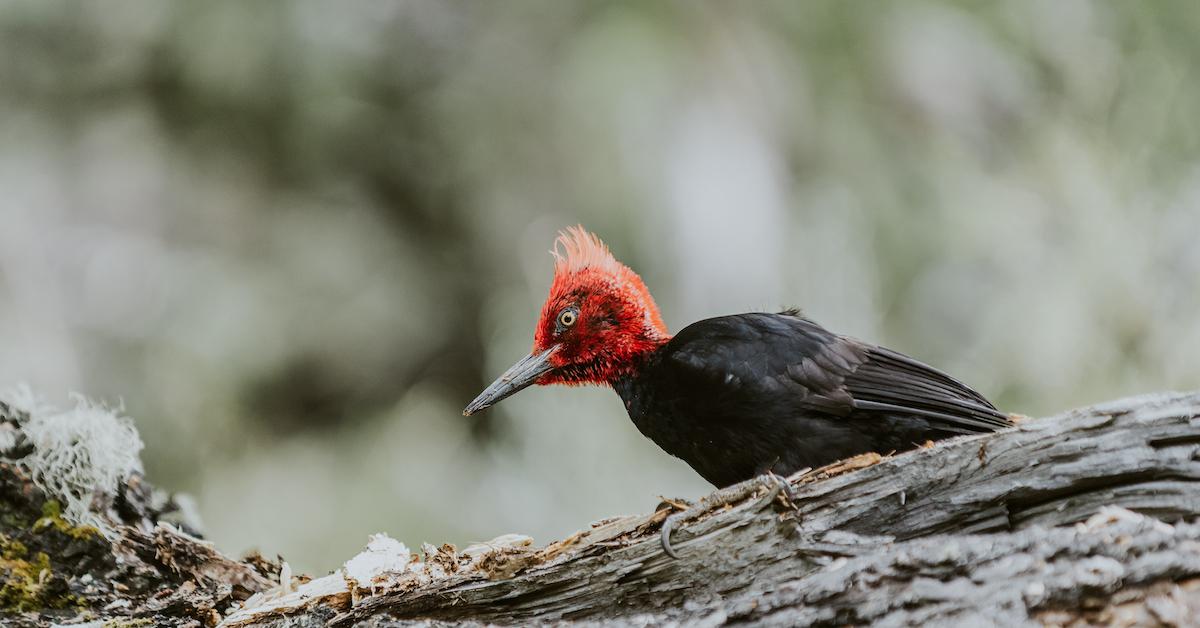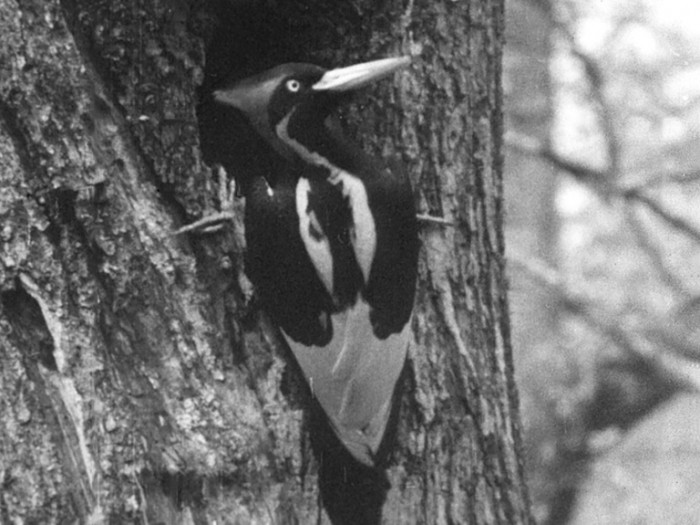

In 1986 a group of ornithologists searching Or the possibility of extinction only made the last specimens all the more The heyday of museum collecting, specimens were to be taken at all cost. A pair of ivory-billed woodpeckers, for example, needed three square Large insect-eating bird with a socialized feeding technique needs a lot of

In turn, infect healthy trees if left standing. It wasīelieved that such trees would merely encourage insects and disease that would, Or unproductive species, especially of dead, sick, or damaged trees. ( Quercus sp.) People cut not only these trees but also demolished theįorestry practices encouraged ridding forests, woodlands, and swamps of useless Stryractiflua), Bald cypress ( Taxodium distichum), and various oaks The swamps, the forestry industry obtained valuable trees: Sweetgum ( Liquidambar That humidity and heat were too oppressive for humans. That swamps were filled with poisonous snakes and disease-carrying insects, General, people had a misconception about swamps. Several factors have contributed to the species’ problems. Is not a specific reason why the species has become nearly instinct, but The species preferred riparianĬorridors along rivers but did also occur in pine woodlands, if only to feed. Mississippi, Alabama, Georgia and the Carolinas. Missouri, southern Illinois, western Kentucky, Tennessee, Louisiana, Florida, Part of the United States: eastern Texas, Oklahoma, Arkansas, southeastern Theīird historically inhabited the ancient forests and swamps of Cuba and southern

Is about 20 inches, this is one of the largest woodpeckers in the world. Ivory-billed woodpecker Picus principalsis possibly already extinct. I was in Charlotte North Carolina for three months.


 0 kommentar(er)
0 kommentar(er)
